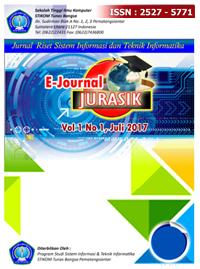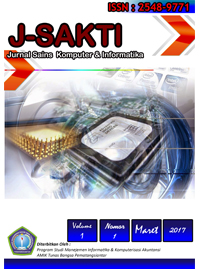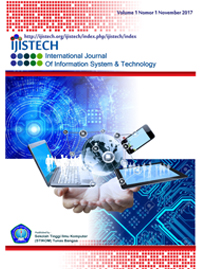Validitas Pengembangan Media Pembelajaran Blended Learning Berbasis Cloud Computing Tingkat Sekolah Menengah Atas Kota Padang
Abstract
Full Text:
PDFReferences
Hidayati, R. . (2013). Blended learning untuk menyambut implementasi kurikulum 2013. Dikutip dari
http://jatim.kemenag.go.id/file/file/mimbar324/rflx1378291007.pdf
Smaldino, S, “Insctuctional technology and media for learning ninth edition”, , PEARSON Merrill Prentice Hall, Ohio, 2008.
Sugiyono, “Metode Penenlitian Kuantitatif, Kualitatif, dan R&D”, Alfabeta, Bandung, 2013.
Trianto, “Mendesain Model Pembelajaran Inovatif-Progresif “, Kencana, Jakarta, 2009.
Utami, I.S, “Pengujian Validitas Model Blended learning di Sekolah Menengah Kejuruan”, Jurnal VOLT FKIP Untirta Vol 2, Nomor 1, pp 1-10, Oktober 2017.
Yusuf, “Mengenal blended learning”, Lentera Pendidikan.14(2): 232–242, 2011.
Vernadakis, I, “The impact of blended learning and traditional instruction in student’s performance. Procedia Technology”, 1:439-443, 2012.
DOI: http://dx.doi.org/10.30645/senaris.v1i0.13
Refbacks
- There are currently no refbacks.
 








